Categories
Subjects
Sort By
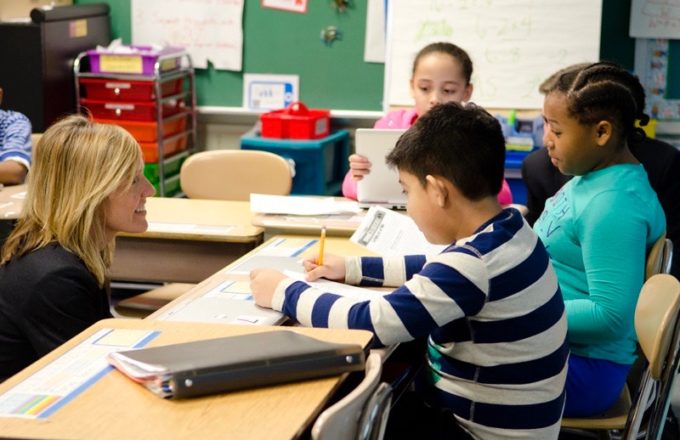
Updated February 27, 2024 The fifth principle of Landmark’s Six Teaching Principles is to provide models. The use of models helps us learn efficiently and effectively. From infancy onward, we all need models to learn new skills. Infants’ babbling mimics the sounds of caregivers and lays the foundation that enables them to develop spoken language.
Learn Strategy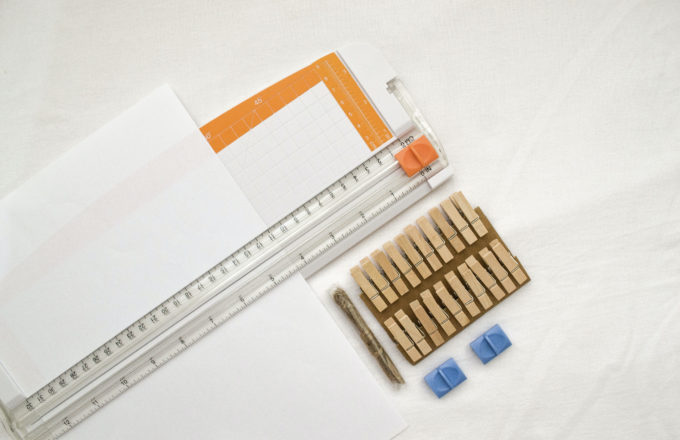
April 14, 2021 Students with language-based learning disabilities benefit from strategies to assist in the management of language demands across all subjects. Typically, study skills, the management of time, materials, and language, is a skill set assumed to be reserved for subjects like literature and social science. Language arts and history teachers regularly use interactive
Read More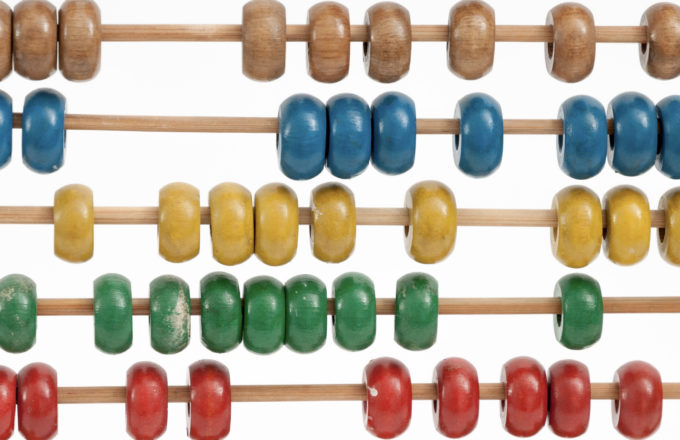
By Avery McNiff April 14, 2021 What are Number Strings? A number string is a series of carefully structured and related math problems that develop an understanding of number relationships and operations (Fosnot & Dolk, 2001). The practice engages students in problem solving and provides opportunities for students to participate in math discourse. Number strings
Read Blog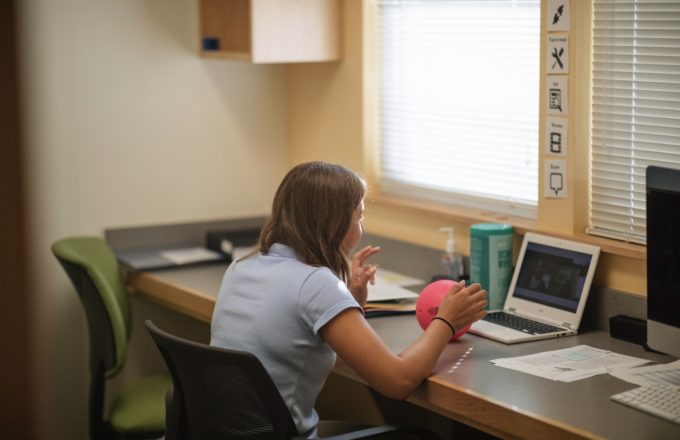
At the most basic level, our brains perceive stimuli through the five senses—seeing, hearing, touching, tasting, and smelling. Studies show that most people learn best and retain the most information when ideas are presented in a multisensory fashion. Novice teachers are often advised to let the wisdom of Confucius guide their planning: “I hear and
Learn Strategy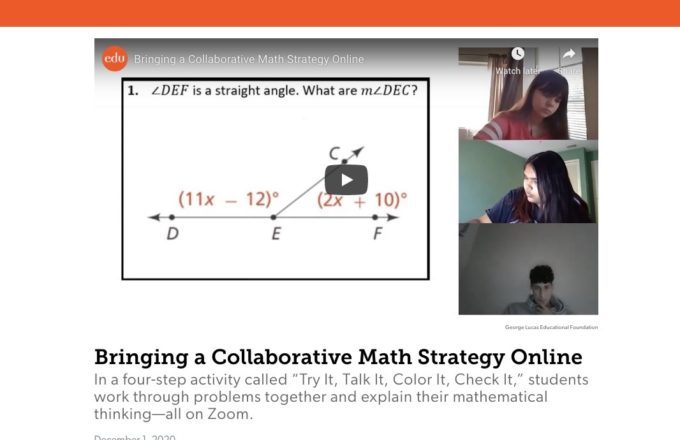
Explore how to inspire math collaboration for online learning. Watch this Edutopia video that demonstrates a four step activity to help engage and connect students in a math classroom.
Watch Video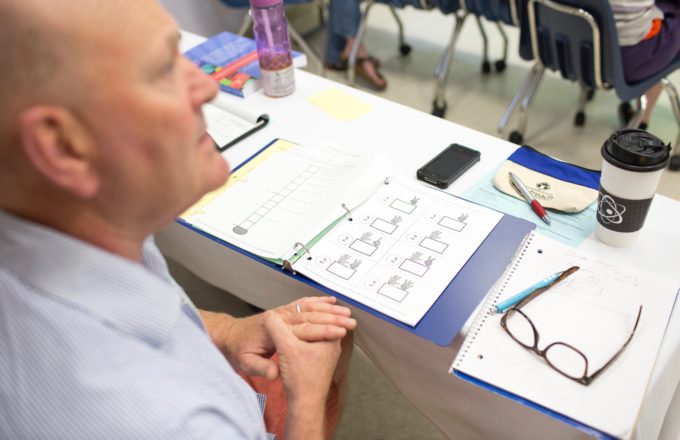
Children with learning disabilities are not necessarily deficient in mathematics due to an inability to grasp spatial tasks or estimate quantity. Their difficulties often lie in language dysfunction. When teaching mathematics, treat their difficulty as a manifestation of a language-based learning disability. Students may have poor decoding (reading) skills or expressive or receptive language difficulties.
Learn Strategy
By Avery McNiff May 28th, 2020 Upon hearing that Massachusetts schools would remain closed beyond April 6th, I scrambled to recreate some semblance of a classroom in my home. I ordered a whiteboard, easel, Time Timer, math cubes, dry erase pockets, and a printer. When the items arrived, I excitedly set up my space as
Read Blog
December 19th, 2019 The National Center for Learning Disabilities (NCLD) defines dyscalculia as, “a specific learning disability in math. Children with dyscalculia may have difficulty understanding number-related concepts or using symbols or functions needed for success in mathematics” (Horowitz, Rawe, & Whittaker, 2017, ch. 1). The ability to acquire arithmetic skills without being explicitly taught
Read More
December 19, 2019 The National Center for Learning Disabilities (NCLD) defines dyscalculia as, “a specific learning disability in math. Children with dyscalculia may have difficulty understanding number-related concepts or using symbols or functions needed for success in mathematics” (Horowitz, Rawe, & Whittaker, 2017, ch. 1). The ability to acquire arithmetic skills without being explicitly taught
Read More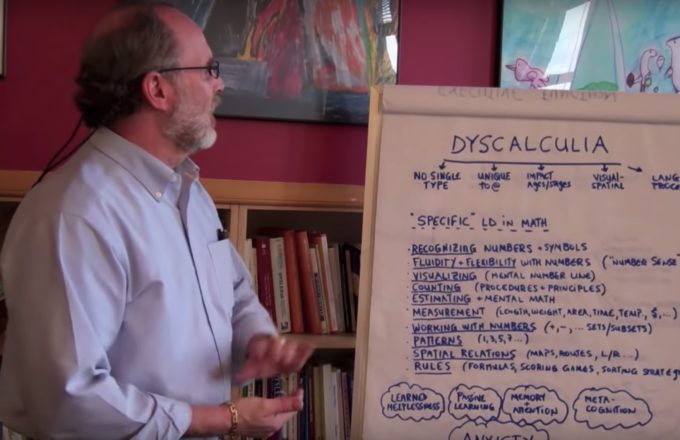
Learn more about dyscalculia in the classroom. This video, produced by the National Center for Learning Disabilities, featuring Dr. Sheldon Horowitz explains the many elements and the many misconceptions tied to this common learning disability.
Read More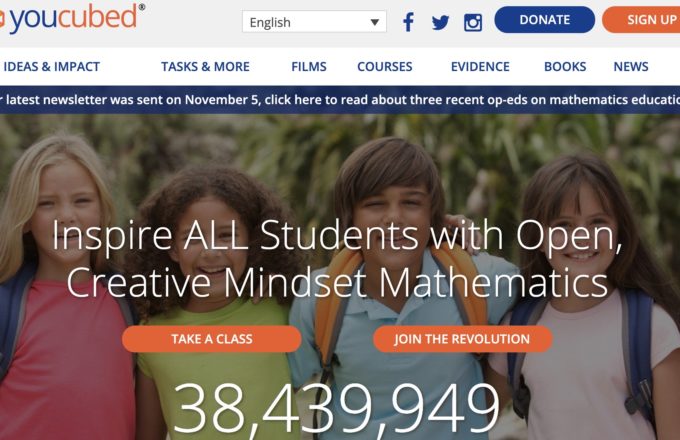
Explore the youcubed website. This site is dedicated to empowering teachers to understand and use the latest research to teach math.
Explore Website
September 23, 2019 Jo Boaler, a British education author and a professor of mathematics education at Stanford Graduate School of Education, has completed extensive research on how we learn math from early infancy through adulthood. By studying parts of our brain where math facts are held and manipulated, she concludes that many of the methodologies
Learn Strategy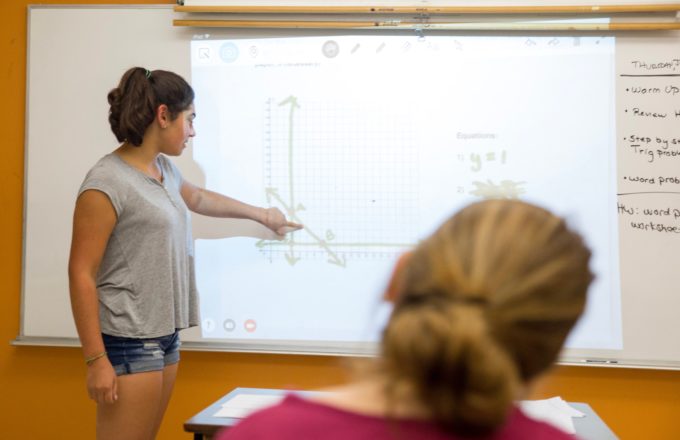
by Dan Grimm
Read Blog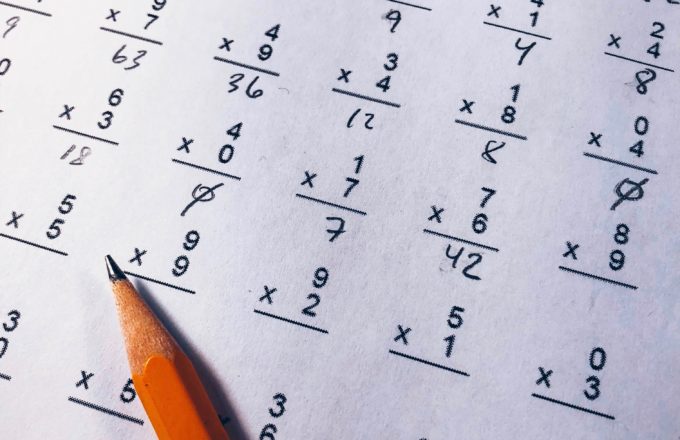
Explore Understood.org’s resources related to understanding dyscalculia. The page includes the definition of dyscalculia, a video, and other links to support students with dyscalculia.
Explore Website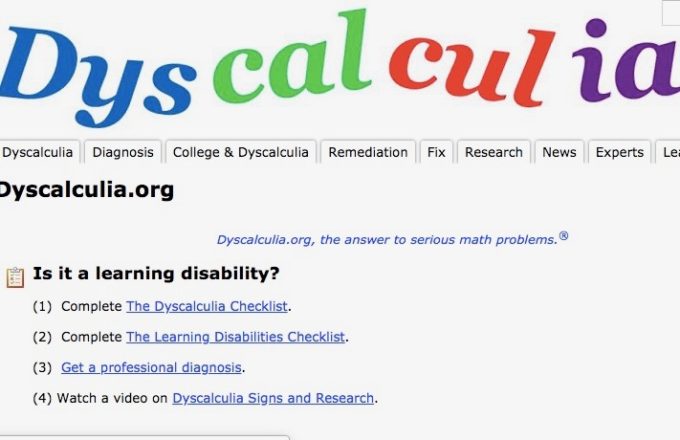
Understand more about dyscalculia by exploring the dyscalculia.org website. This page contains research, resources, and other valuable information about dyscalculia.
Explore Website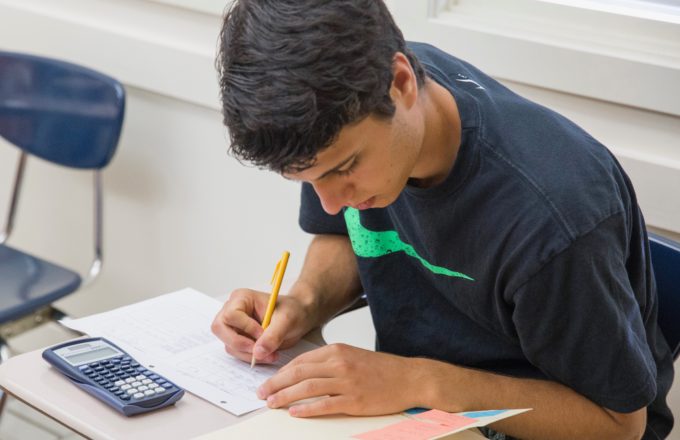
April 19, 2018 Brigid Houlihan and Maura O’Riordan, both Landmark High School math teachers, presented about their class “Algebra 1 with Number Sense” at the 2018 Learning Disabilities Association (LDA) of America conference. Number sense is a student’s ability to be flexible with numbers, understand their relationship to one another, and apply them in real-world situations.
Learn Strategy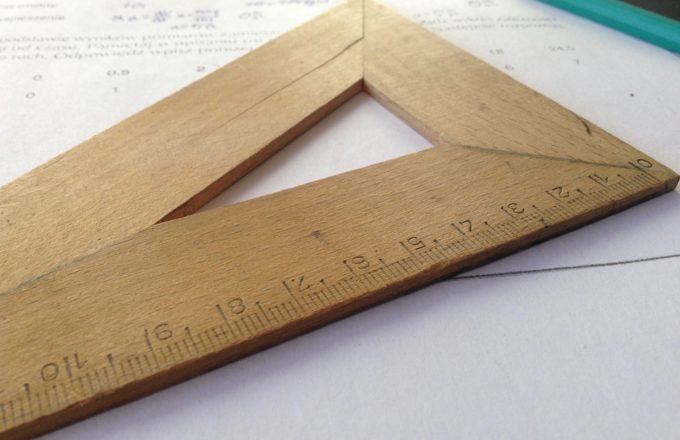
Explore this LD Online web page dedicated to providing math resources to teachers.
Explore Website
Providing models or templates for students does not mean doing an assignment for them. Models allow students to see what the teacher’s standards and requirements look like in a finished product, and offer them a point of comparison for their own work. Models can come in many forms: oral examples of participating in a discussion;
Learn Strategy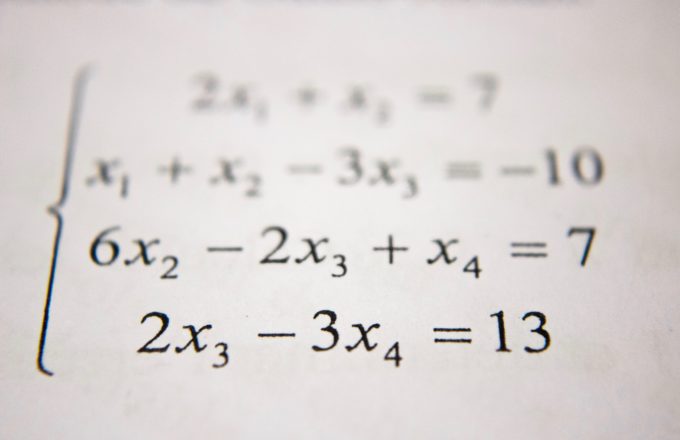
Learn more about dyscalculia with this dyscalculia fact sheet from understood.org. This web site also includes relevant links to other resources related to dyscalculia
Explore Website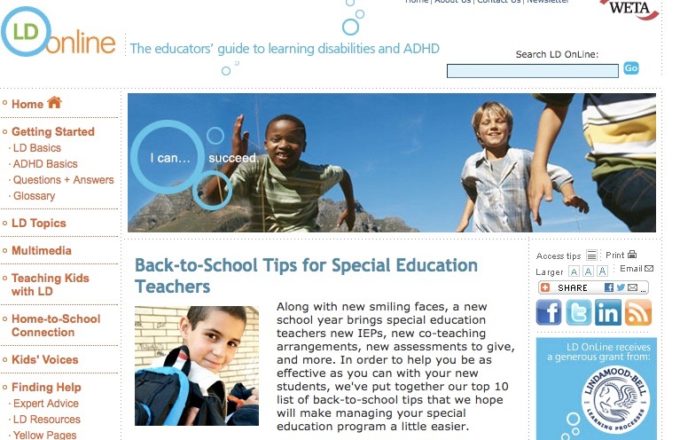
Explore the LD Online website to gain valuable and practical resources to support students with learning disabilities and ADHD.
Visit Website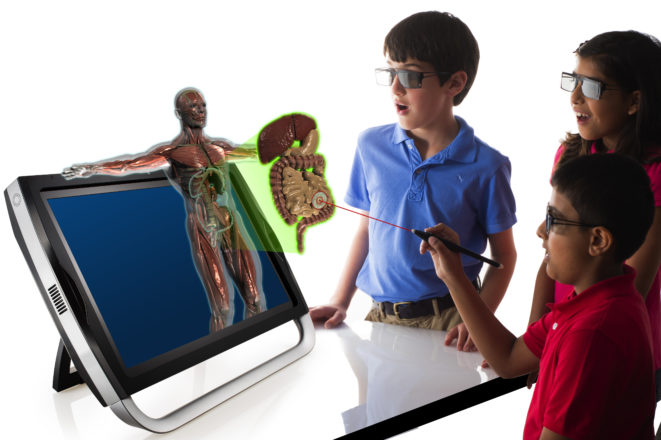
May 18, 2017 Technology Review While there are a variety of technological tools that can be used to aid students as they access curriculum, technology should never replace skill instruction. Teachers should be intentional about which programs and apps they choose to incorporate, as well as how they plan to utilize them within their lessons. Technology
Learn Strategy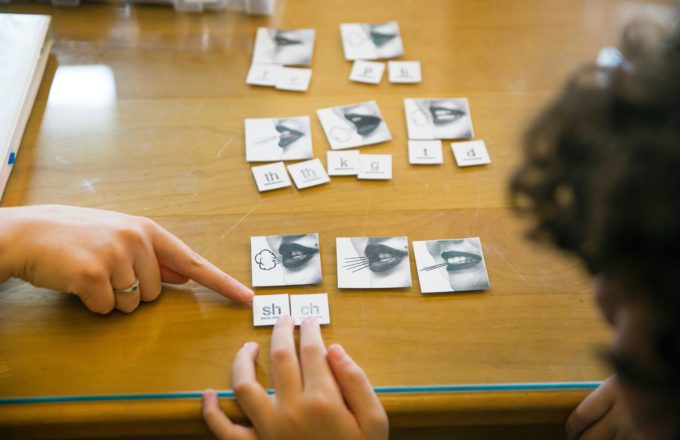
Practice and review help students develop automaticity. Automaticity enables students to focus their attention on applying knowledge and skills in complex situations. While worksheets and drills provide practice, another activity that students enjoy is categorizing cards. This multisensory strategy for review and practice is flexible enough to use across the curriculum. Students can practice with
Learn Strategy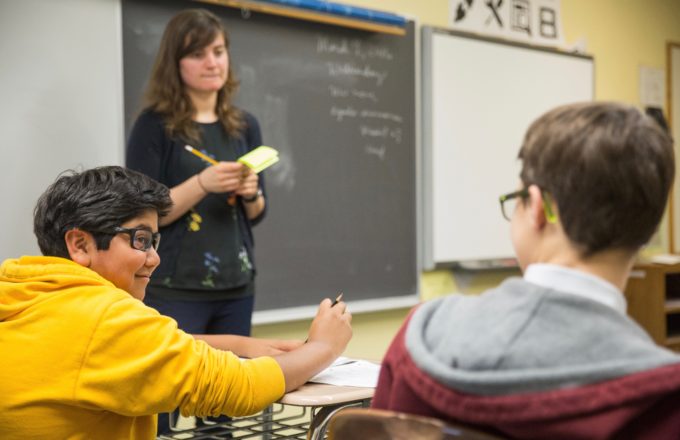
Automatization is exactly what it sounds like—the ability to perform a task without conscious effort. From tying our shoes to scanning the headlines, we depend on automatic skills to get us through our days efficiently. Imagine what mornings would be like if we could not automatically shower, dress, eat, make coffee, and get to work. We’d
Learn Strategy
Including students in the learning process, whether through explaining the purpose of an assignment, asking for ideas, or having students assess their own learning, helps them to become more engaged in their education. This resource shares ideas for how to guide students in evaluating and reflecting on their work. These self-assessments help them set goals for
Learn Strategy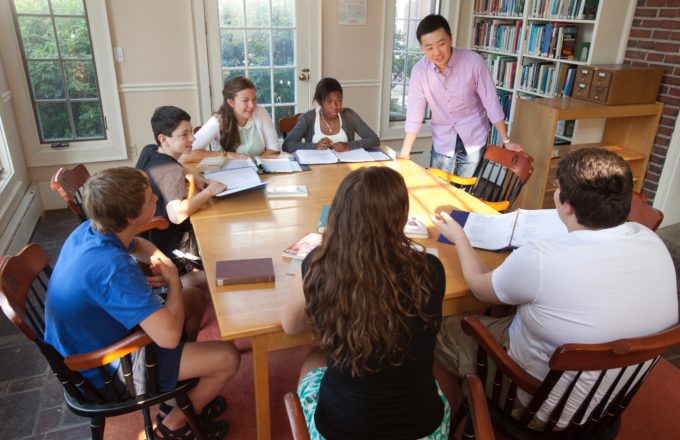
As the spring arrives and we begin to prepare for the conclusion of the year, we should continue to think about ways in which we can include our students in the learning process. Can they help determine ways to review material? What about having them make a portfolio of their best work from the year?
Learn Strategy
A bumper sticker that appears occasionally reads, “Assume Nothing.” While we don’t need to buy into its cynical view of the world, it does remind us that we often assume a lot about what our students know and what they can do. Poor work quality from students with learning disabilities most often reflects their lack
Learn Strategy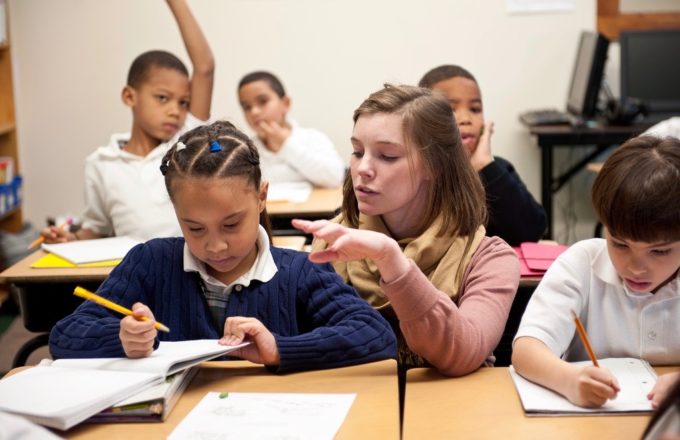
Students often have difficulty managing language, connecting concepts, and staying focused on the goals of a content unit. As a first step toward increasing student success, teachers can break units or chapters into manageable language and concepts and teach each piece step-by-step, further micro-uniting these components as needed throughout the instructional process. Sharing the unit
Learn Strategy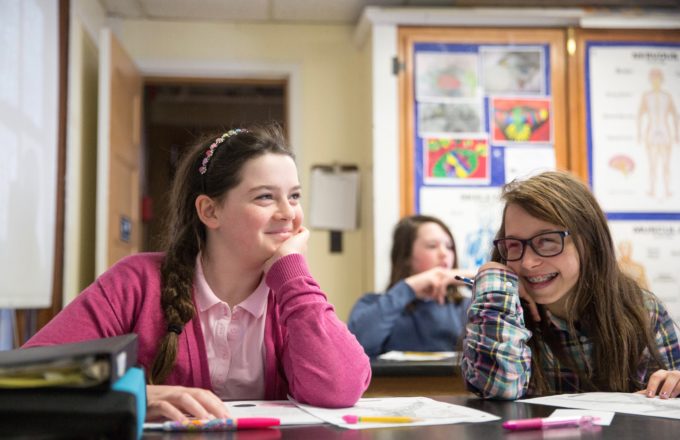
It’s December. Class work has progressed from review to new material. Homework is getting harder. Some of your students may be struggling. Our mission is to empower students through their teachers. Landmark Outreach shares thinking and strategies that support all students’ efforts to become independent learners and develop a strong sense of self-efficacy. At the
Learn Strategy